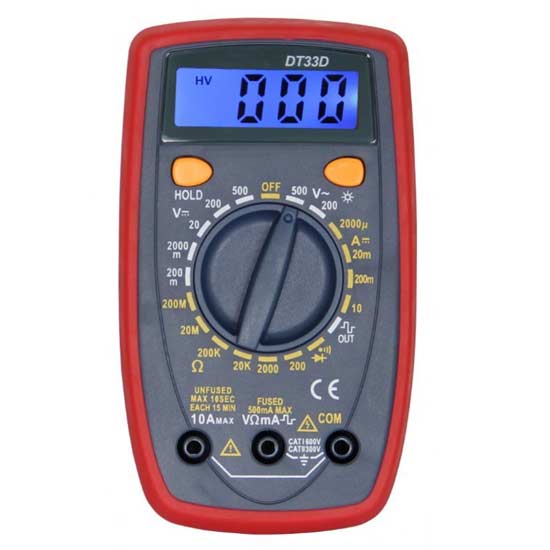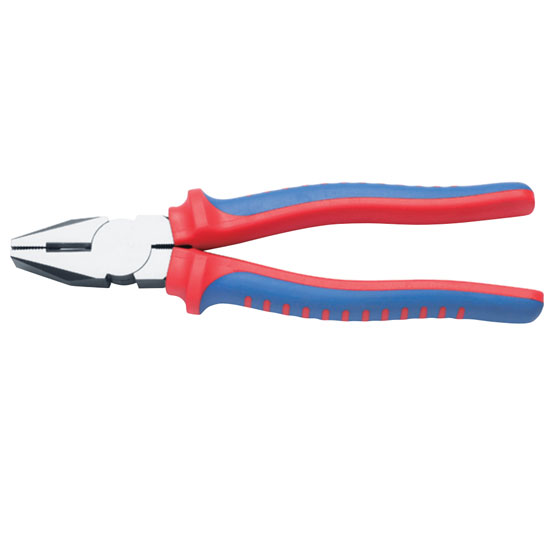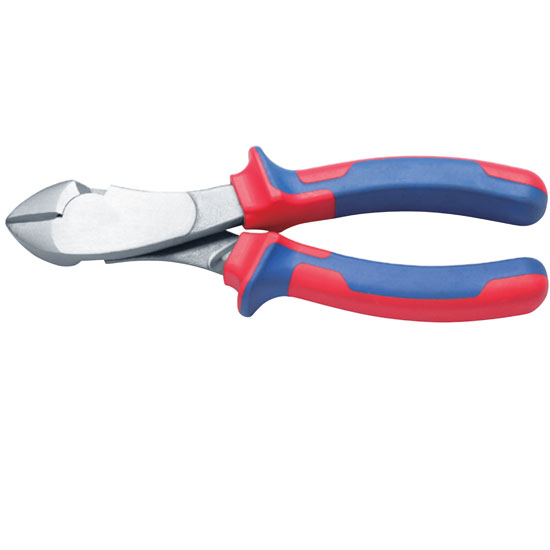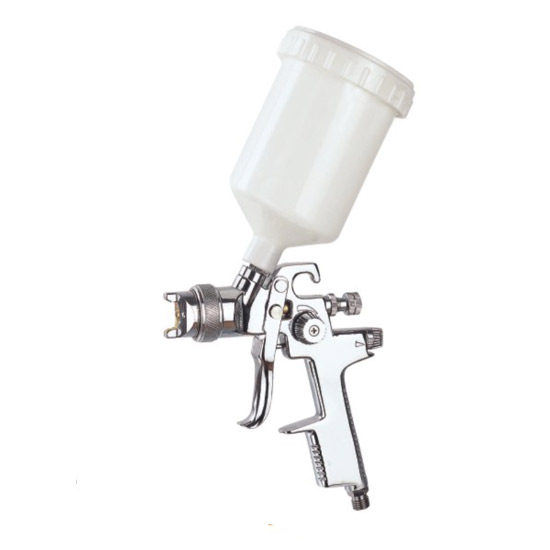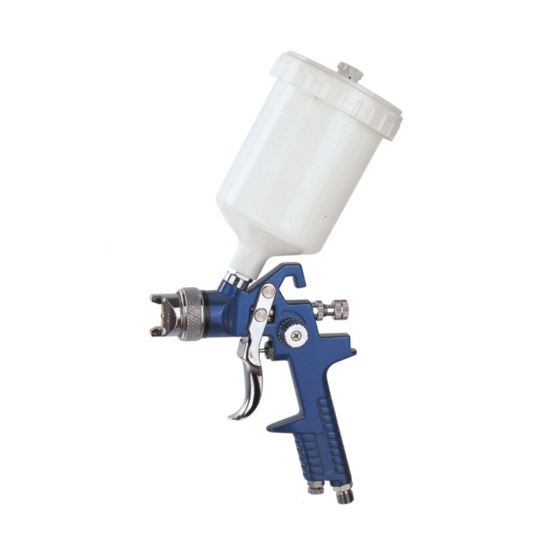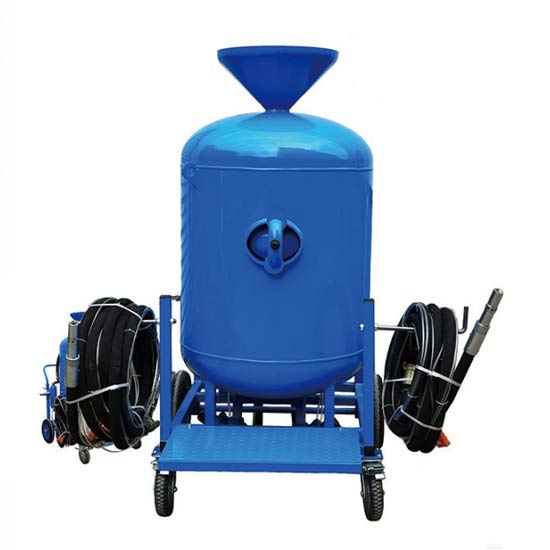Buying a good multimeter involves considering several key factors to ensure that you choose a reliable and accurate tool that suits your needs. Whether you're a professional electrician or a DIY enthusiast, here's a step-by-step guide to help you purchase the right multimeter:
1. Define Your Needs:Determine the primary tasks you'll be using the multimeter for. Different multimeters offer various features, and selecting one tailored to your specific requirements is essential. Consider whether you need basic voltage and current measurements, more advanced functions like capacitance and frequency measurements, or specialized features like temperature measurement.
2. Accuracy and Precision:Look for a multimeter with a high level of accuracy and precision. The accuracy is usually specified as a percentage of the reading plus a certain number of digits. A good rule of thumb is to choose a multimeter with accuracy within ±0.5% for professional use and ±1% for general DIY tasks.
3. Safety Ratings:Safety is paramount when working with electricity. Ensure that the multimeter has the necessary safety certifications, such as CAT (Category) ratings and compliance with safety standards like IEC 61010. The CAT rating indicates the maximum voltage level the multimeter can safely handle.
Small Multimeter with Backlight
4. Auto-Ranging vs. Manual-Ranging:Multimeters can be auto-ranging or manual-ranging. Auto-ranging multimeters automatically select the appropriate measurement range, making them user-friendly, especially for beginners. Manual-ranging multimeters require you to select the range yourself, which can provide more control in certain situations.
5. Display:Choose a multimeter with a clear, easy-to-read digital display. Backlit displays are particularly useful in low-light conditions. The size of the display and the presence of a bar graph can also impact usability.
6. Build Quality and Durability:Invest in a multimeter that's built to withstand the demands of your work environment. Look for models with sturdy construction, reinforced corners, and protective rubberized casing that can endure accidental drops and impacts.
7. Range of Measurements:Ensure that the multimeter can handle the range of measurements you anticipate making. Check the maximum voltage, current, resistance, and frequency ranges. If you're dealing with specialized tasks like automotive work or HVAC, consider multimeters tailored to those applications.
8. Test Leads and Probes:The quality of test leads and probes included with the multimeter matters. High-quality, insulated leads with durable probes ensure accurate and safe measurements. Some models even come with detachable probes, making it easier to switch between different tips.
9. Additional Features:Consider any additional features that could be useful to you, such as:
Hold Function: Freezes the reading on the display, which is handy when working in tight spaces.
Continuity and Diode Testing: Useful for checking if a circuit is complete or testing diodes.
Data Logging: Records measurements over time for analysis.
Auto Power-Off: Helps conserve battery life.
Built-in Flashlight: Illuminates your workspace in low-light conditions.
10. Brand Reputation:Choose a reputable brand known for producing quality electronic tools. Brands like Fluke, Klein Tools, and Extech are well-regarded in the industry.
11. Reviews and Recommendations:Read user reviews and seek recommendations from professionals or hobbyists who use multimeters regularly. They can provide insights into real-world performance and reliability.
12. Budget:Set a budget that aligns with the features and quality you're looking for. While high-end multimeters can be expensive, there are also reliable options available at more affordable price points.
13. Warranty and Support:Check the manufacturer's warranty and customer support options. A good warranty provides peace of mind in case of defects or malfunctions.
14. Calibration:Consider whether the multimeter comes with a calibration certificate. This ensures that the device meets specified accuracy standards.
15. Avoid Counterfeit Products:Purchase from reputable retailers or directly from the manufacturer to avoid counterfeit or subpar products that may compromise accuracy and safety.
By carefully considering these factors and conducting thorough research, you can make an informed decision and buy a multimeter that meets your needs, provides accurate measurements, and enhances your work efficiency and safety.
